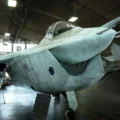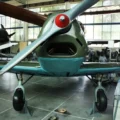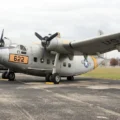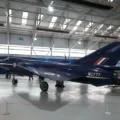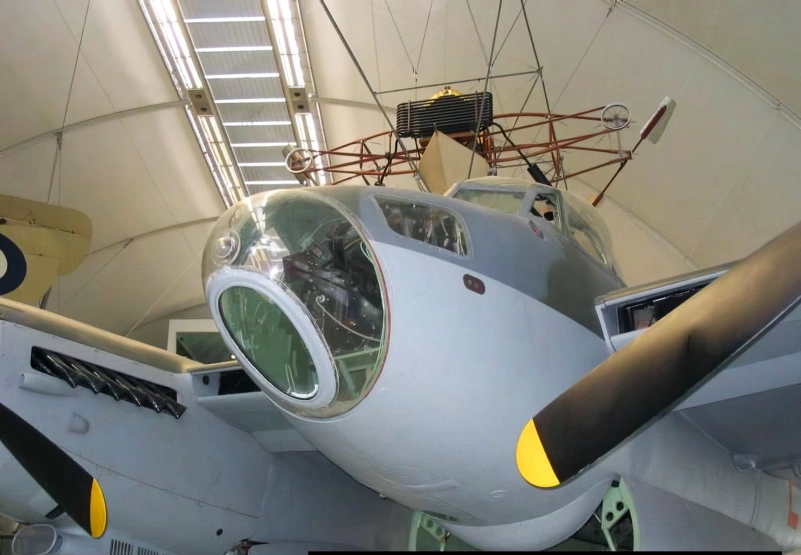
B-35 de Havilland Mosquito | |
|---|---|
| Country | UK |
| Type | Combat aircraft | First flight | 25 November 1940 |
| Built | 7781 |
Photo gallery of a B-35 – de Havilland Mosquito, The de Havilland DH.98 Mosquito was a British multi-role combat aircraft, with a two-man crew, that served during the Second World War and the postwar era. The B.35 was powered by Merlin 113 and 114As. Some were converted to TT.35s (Target Tugs) and others were used as PR.35s (photo-reconnaissance). The B Mk XVI had a maximum speed of 408 mph (656 km/h), a cruising speed of 245 mph (394 km/h), ceiling of 37,000 ft (11,280 m), a range of 1,485 nm (2,390 km), and a climb rate of 2,800 ft per minute (853 m). The type could carry 4,000 lb (1,810 kg) of bombs. The B.35 had a maximum speed of 422 mph (679 km/h), a cruising speed of 276 mph (444 km/h), ceiling of 42,000 ft (12,800 m), a range of 1,750 nm (2,820 km), and a climb rate of 2,700 ft per minute (823 m)
Source:B-35 on Wikipedia
| B-35 – de Havilland Mosquito | |
|---|---|
| Photographer | Gilles Galvao |
| Localisation | Unknow |
| Photos | 32 |
| Mosquito B35 Walk Around | |
|---|---|
| Photographer | Sergey Archakov |
| Localisation | The Royal Air Force Museum at Hendon |
| Photos | 22 |
| De Havilland Mosquito B.35 Walk Around | |
|---|---|
| Photographer | Max Otten |
| Localisation | Unknow |
| Photos | 75 |
| Mosquito PR IX Walk Around | |
|---|---|
| Photographer | Max Otten |
| Localisation | Unknow |
| Photos | 37 |
| De Havilland Mosquito B.35 | |
|---|---|
| Photographer | Cees Hendriks |
| Localisation | Unknow |
| Photos | 91 |
See also:
The **Mosquito B. Mk 35** was the final bomber variant of the versatile British twin-engined de Havilland Mosquito, affectionately known as the **”Wooden Wonder”** due to its unique, largely wood construction.
It represented the ultimate development of the unarmed high-altitude bomber concept for the Mosquito, which relied on its superior speed to evade enemy fighters.
Role and Service History
- **Primary Role:** High-altitude, unarmed medium bomber and Pathfinder aircraft.
- **Development:** It was a development of the B. Mk XVI and featured several key improvements for high-altitude performance.
- **Engines:** Powered by two **Rolls-Royce Merlin 113/114A** liquid-cooled V-12 engines with **two-stage, two-speed superchargers**, providing significantly improved performance at higher altitudes.
- **Wartime Service:** The prototype first flew on March 12, 1945, which meant the B. Mk 35 appeared too late to see operational service during World War II in Europe.
- **Post-War Use:** It entered service with the post-war Royal Air Force (RAF), serving as a bomber with units like the British Air Forces of Occupation (BAFO) in Germany until being replaced by jet bombers like the English Electric Canberra in the early 1950s.
- **Later Conversions:** Many B. Mk 35s were later converted for secondary duties, most notably to the **TT.35 target tug** variant, extending their service life into the early 1960s.
Key Technical Features
- **Construction:** Mostly wooden airframe, a hallmark of the Mosquito series.
- **Cockpit:** Retained the **pressurised cabin** of the B. Mk XVI, essential for high-altitude operations.
- **Bomb Bay:** Equipped with a **bulged bomb bay** (known as the “bulged bomb door”) to accommodate a single large **4,000 lb High Capacity (HC) “Cookie” blast bomb**.
- **Navigation:** Incorporated features for long-range, high-altitude navigation, including a top **’astrodome’ blister** for taking sextant readings.
- **Armament:** As an unarmed bomber variant, it carried **no fixed defensive or offensive guns**, relying entirely on its speed and altitude for survivability.
General Specifications (Approximate)
| Characteristic | Value |
|---|---|
| Power Unit | 2 x Rolls-Royce Merlin 113/114A V-12 engines |
| Horsepower | 1,690 – 1,710 hp each |
| Max Speed | Up to **415 mph (668 kph)** |
| Service Ceiling | Up to **42,000 ft (12,802 m)** |
| Max Bomb Load | 4,000 lb (1,816 kg) (Internal) |
| Wingspan | 54 ft 2 in (16.51 m) |
| Crew | 2 (Pilot and Navigator) |
The B. Mk 35 stands as the pinnacle of the Mosquito’s bomber lineage, representing a powerful and fast high-altitude machine that continued to serve well into the post-war era.
Views : 12480












